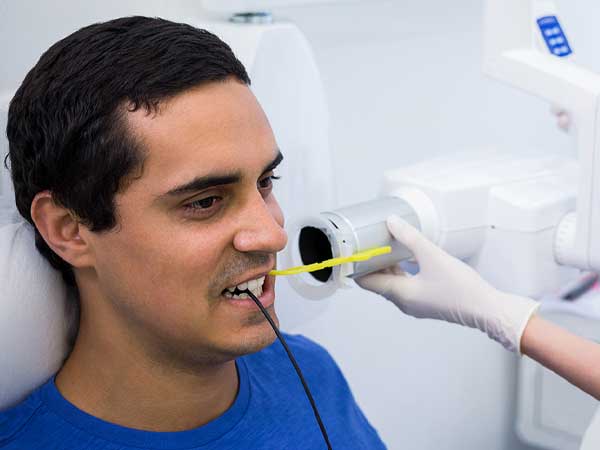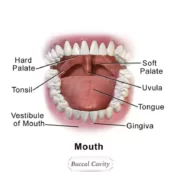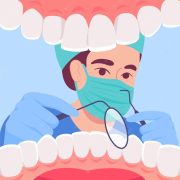In a groundbreaking advancement in the field of dentistry, scientists have unlocked the potential of dental stem cells for tissue regeneration. By harnessing the power of nature, dental stem cells offer a promising solution to restore and regenerate damaged tissues in the mouth. With their ability to differentiate and grow into various cell types, dental stem cells have the remarkable potential to heal and replace damaged or lost tissues, revolutionizing treatment options for dental diseases and injuries. In this article, we will be exploring the regenerative abilities of these unique cells. Researchers are paving the way for new and innovative dental treatments that could transform the way we approach oral health.
What are Dental Stem Cell Tissue and their Properties?
Dental pulp in both primary and permanent teeth contains multipotent stem cells known as dental stem cells. Dental stem cells, in contrast to embryonic stem cells, are simple to collect and don’t raise any ethical issues. Because of their extraordinary capacity to develop into diverse cell types, such as odontoblasts, osteoblasts, and adipocytes, these cells are very adaptable for tissue regeneration.
They are multipotent stem cells found in the dental pulp of both primary and permanent teeth. Unlike embryonic stem cells, which create ethical concerns, dental stem cells are easy to get. These cells are very flexible for tissue regeneration due to their amazing potential to differentiate into a variety of cell types, including odontoblasts, osteoblasts, and adipocytes.
Importance of Dental Stem Cell in Tissue Regeneration
They are crucial in tissue regeneration because of their capacity to develop into a variety of cell types. Dental tissues, such as dentin, pulp, and periodontal ligaments, may be renewed using dental stem cells, which is one of their most important uses. The capacity of conventional therapeutic techniques to properly heal these tissues is generally restricted since they are often harmed by trauma, infection, or dental disorders.
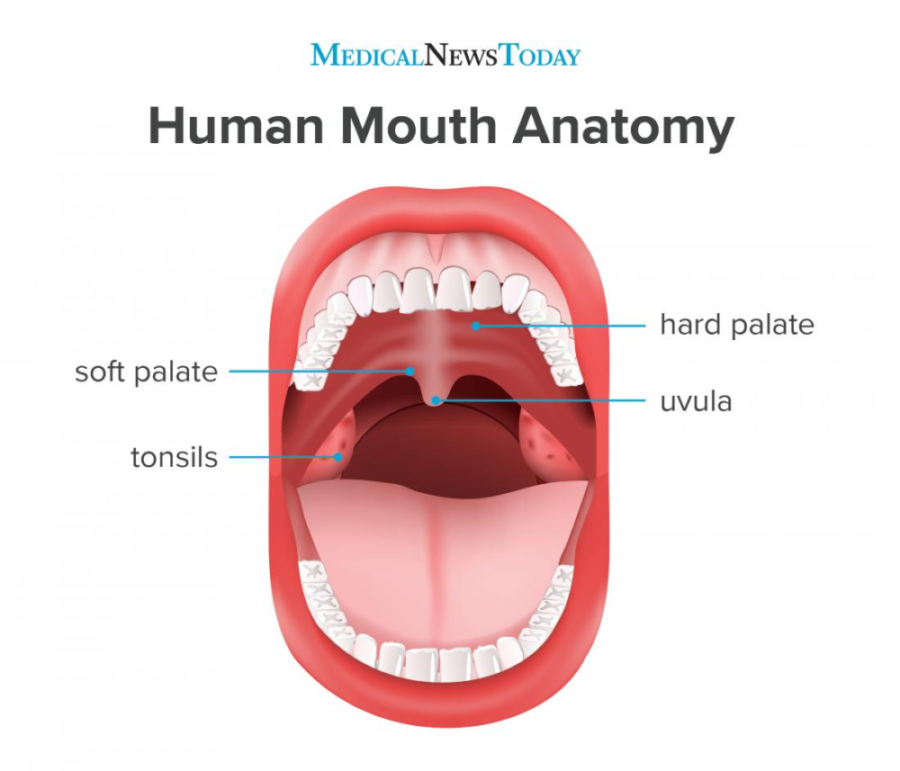
Researchers hope to restore these injured tissues and their functioning and appearance by using dental stem cells. For instance, it is possible to encourage them to develop into odontoblasts, the cells that produce dentin, allowing for the regeneration of dentin in situations of tooth decay or dental trauma. Compared to conventional restorative practices like dental fillings or crowns, this strategy provides a more natural and durable alternative.
Different types of Dental Stem Cell in Tissue
Stem Cells from the Apical Papilla (SCAP)
The apical papilla, a tissue at the end of a growing tooth root, contains stem cells. SCAP has the capacity to develop into diverse cell types, such as brain cells and odontoblasts. They are useful for applications involving both oral tissue regeneration and brain tissue regeneration.
Stem Cells from Human Exfoliated Deciduous Teeth (SHED)
SHEDs are made from the pulp of infant (deciduous) teeth that have fallen out on their own. These stem cells are a promising source of dental stem cells for study and regenerative therapy since they are quite simple to gather.
Dental Pulp Stem Cells (DPSCs)
Researchers hope to restore these injured tissues and their functioning and appearance by using dental stem cells. For instance, it is possible to encourage them to develop into odontoblasts, the cells that produce dentin, allowing for the regeneration of dentin in situations of tooth decay or dental trauma.
Compared to conventional restorative practices like dental fillings or crowns, this strategy provides a more natural and durable alternative.
Applications of Dental Stem Cell in Tissue Regeneration
Due to their capacity for cell type differentiation, they have shown promise in a number of tissue regeneration applications.
- Alveolar bone and periodontal ligament regeneration, treatment for tooth-supporting tissue abnormalities, and gum disease.
- Neural cell differentiation for the future therapy of neurological diseases.
- Regeneration and repair of damaged or decaying teeth; creation of fresh enamel, pulp, and dentin.
- Correction of non-healing fractures and bone fractures, as well as reconstruction of craniofacial bone abnormalities.
Challenges and Limitations of using Dental Stem Cell
Although they have great promise for tissue regeneration, there are a number of obstacles and restrictions that must be overcome. The scarcity of dental stem cells is one of the major obstacles. Only throughout childhood are deciduous teeth present, and only in extreme cases may permanent teeth be removed. The quantity of stem cells that may be obtained for therapeutic reasons is thus limited.
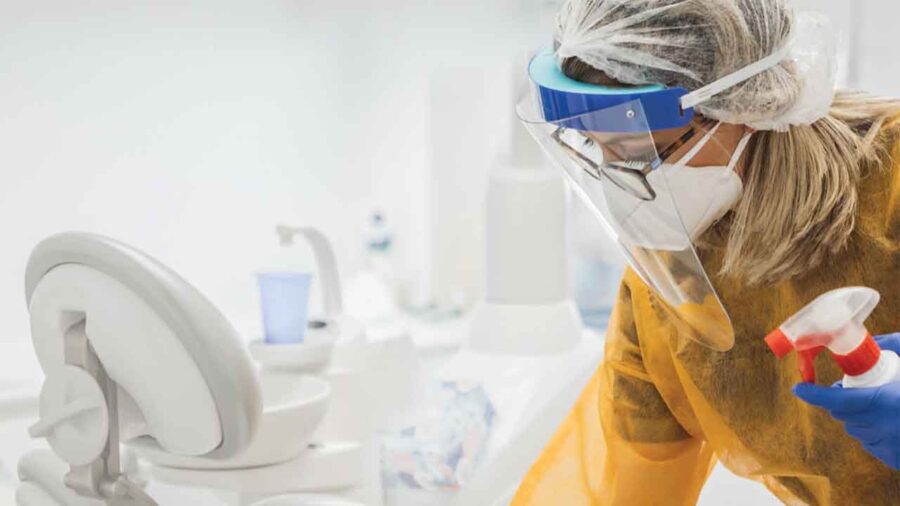
For dental stem cell isolation, development, and differentiation, standardized protocols are needed. Variations in cell separation techniques and culture conditions may have an influence on the efficiency and efficacy of stem cell-based therapy. It is essential to establish standardized procedures in order to provide a consistent and repeatable result.
Current Research and Advancements
The area of dental stem cell treatment has advanced significantly despite the difficulties. The ability of dental stem cells to regenerate different tissues and organs has been shown in several preclinical investigations. The safety and effectiveness of dental stem cell-based treatments are being tested on people as a result of these investigations.
The development of tissue engineering techniques using them is one significant accomplishment. With the use of dental stem cells, biomaterials, and growth factors, researchers have successfully manufactured dental tissues, including periodontal tissues, teeth, and other dental structures. These modified tissues may be transplanted, providing patients with serious oral injuries or deformities with tailored and regenerative therapy.
The use of dental stem cells in the treatment of oral mucosal illnesses, including oral lichen planus and oral pemphigus, is another area of ongoing investigation. These issues may be quite uncomfortable and affect oral functioning. Early research has shown encouraging outcomes in the regeneration of injured oral mucosa utilizing them, offering a possible substitute for established therapies such as immunosuppressive medications.
Conclusion
An important development in dentistry is the identification and use of dental stem cells for tissue regeneration. Dental stem cells provide a potential approach for the repair and regeneration of damaged tissues in the mouth because of their extraordinary capacity to specialize and develop into numerous cell types. They are also promising in the larger area of regenerative medicine, outside of dentistry. They are a desirable resource for tissue engineering because of their availability and capacity to differentiate into diverse cell types. The potential uses of dental stem cells are anticipated to increase as investigation and clinical trials proceed. We trust you found this post to be helpful.

